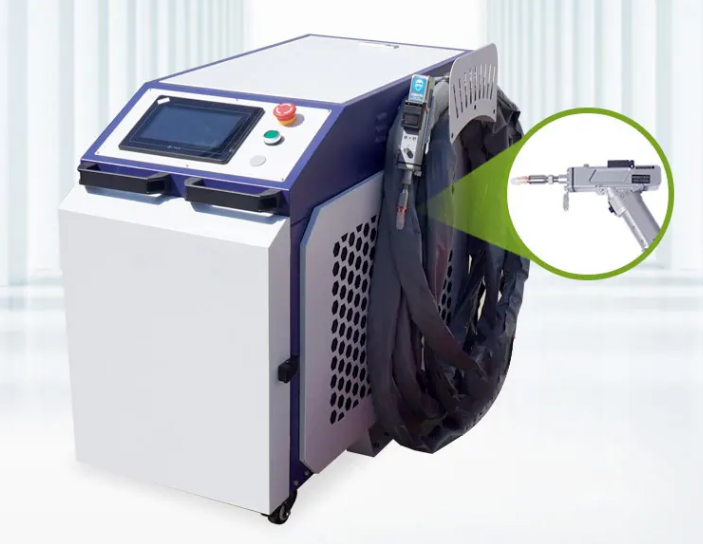
The price of a small laser welding machine is affected by a variety of factors, reflecting the complexity and sophistication of the technology involved. First, the power and performance of the laser source have a significant impact on cost. Higher wattage lasers offer greater precision and versatility and generally command a higher price. The type of laser used, whether fiber optic, CO2 or other, also affects the overall cost.
Furthermore, the size and build quality of the machine play a vital role. Compact and portable designs can be more expensive as performance needs to be maintained in a smaller form factor. Including advanced features such as automatic controls, CNC integration, and specialized cooling systems can further increase costs.
The manufacturer’s brand and reputation can be an important pricing factor. Well-known brands with a history of reliability and innovation typically charge higher prices. Additionally, market demand and competition can influence pricing dynamics. High demand or limited competition for laser welding machines could drive prices higher, while a saturated market could lead to more competitive pricing.
Overall, the price of a small laser welding machine is a result of a combination of technical specifications, build quality, features, brand reputation, and market dynamics.
